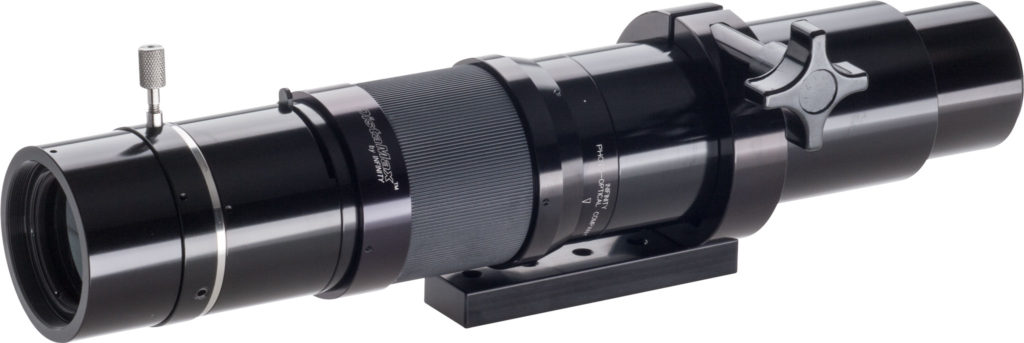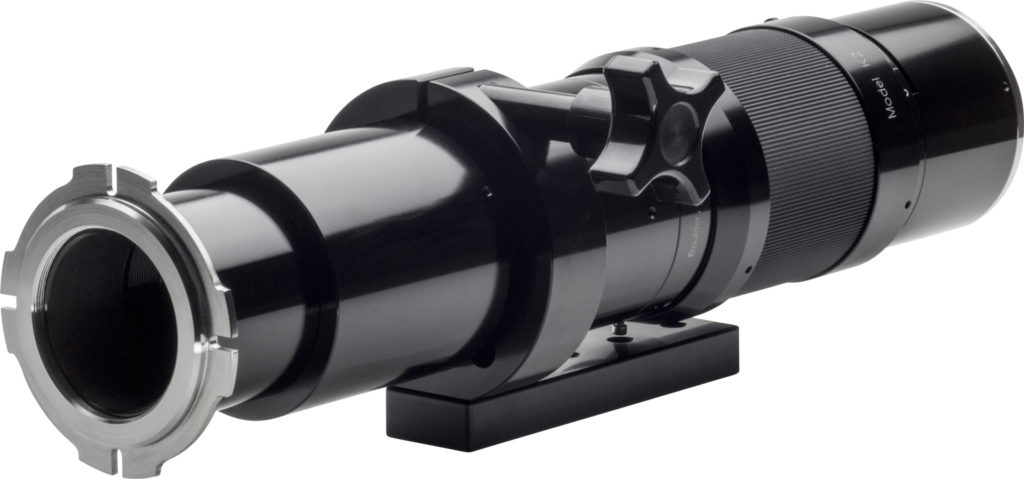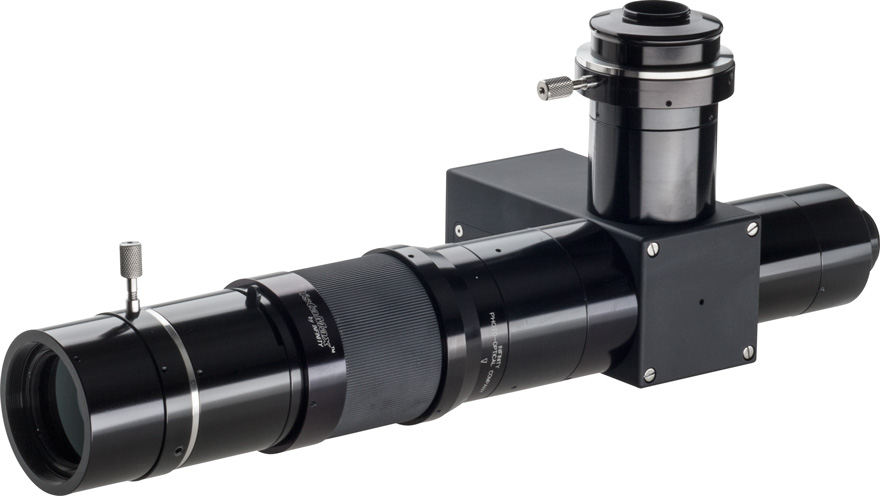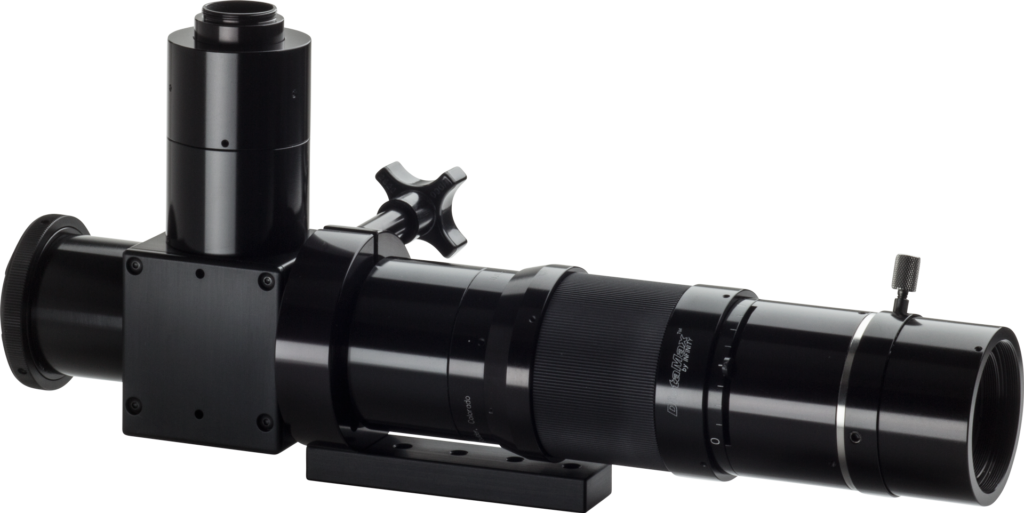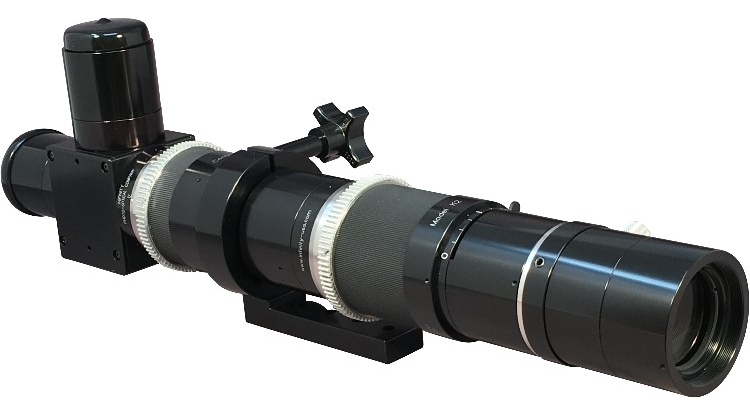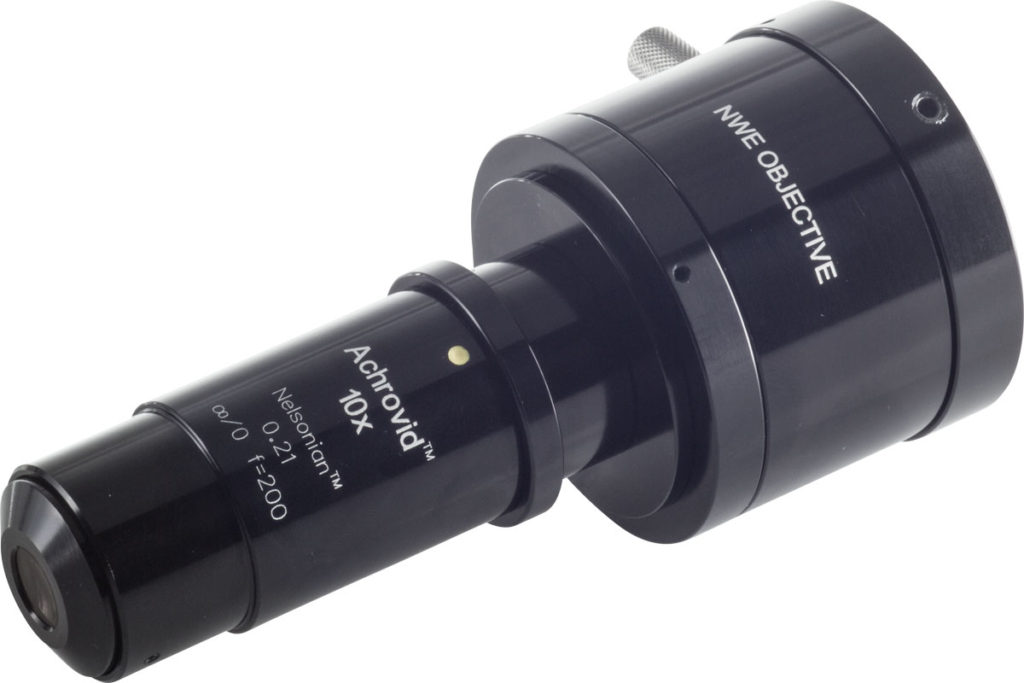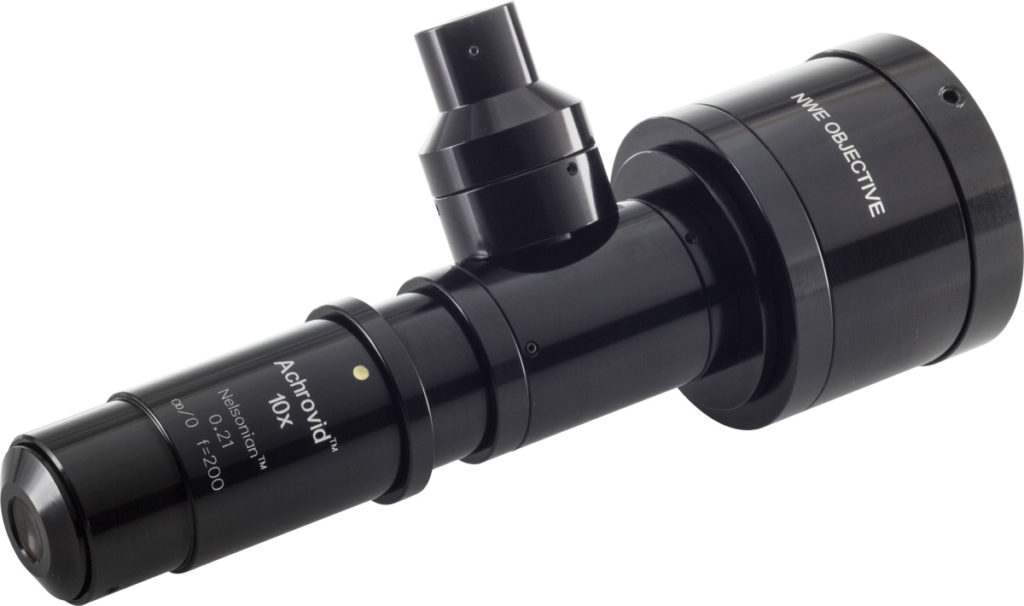K-Series Long-Distance Microscopes
Model K2 DistaMax™
Long-Distance Microscope
The Ultimate Long-Distance Microscope:
Now Even Easier to Use!
Model K2 DistaMax
• Magnification Tables
• Instruction Manual
Model K2 DistaMax
The K2 Series have always been Infinity’s benchmark research optics. This tradition has been maintained with the advent of the K2 DistaMax. In fact, the K2 DistaMax not only matches the options of previous models, it goes beyond them.
No other manufacturer’s long-distance microscope provides operational ranges, potential resolving powers or format choices equal to Infinity’s Model K2 DistaMax.
The K2 DistaMax is an unobstructed refractor—just like laboratory microscopes. Unlike obstructed, inherently lower-contrast catadioptric mirror systems, it does not produce out-of-focus “doughnut” artifacts. As explained in a scientific paper which stands on its own merits, a previous generation Model K2 was chosen for its unique characteristics: Wall-shear-stress measurements at moderate Re-numbers with single pixel resolution using long distance-PIV — an accuracy assessment . The present Model K2 DistaMax achieves even greater performance levels.
Since its inception, the Model K2 has been the definitive world-standard state-of-the-art long-distance microscope, capable of resolution and magnification comparable to that of regular compound laboratory-type microscopes but at many times greater working distances. Over time, the K2 evolved expanded capabilities such that it could image a “Blood Moon” down to a blood cell—even, if required, with a 1.4 NA oil-immersion microscope objective—in transmitted or coaxial illumination. Then, in 2008, Infinity announced that K2 Long-distance Microscopes could be supplemented with the CentriTel® Focuser. For the first time, the K2 (by then, the K2/S) could translate focus from a fixed position—without essential magnification changes. This makes it ideal for 3D stacks and Z-depth measurements. And in the same tradition, the K2 DistaMax maintains all previous capabilities—even expanding them. (Learn More about CentriTel).
How GOOD is the K2 DistaMax? These photos hint at the story…
The K2 DistaMax is so new, we’re only now getting feedback from its users…
Credits: These images were taken on October 16, 2009 by the USDA Animal and Plant Health Inspection Service, Center for Plant Health Science and Technology, Fort Collins, CO 80526 and Roy Larimer of Visionary Digital. Although they were taken using the previous Model K2/SC, we guarantee that the K2 DistaMax will at least produce such stunning imagery.
All of the following photos are simple “snapshots” which were taken at the time to show differences in composition techniques as used for both dry and wet specimens.
The camera was a Canon EOS 40D 10.1 MP DSLR. The photos show that the limitation is not the K2/SC, but the camera!
The images are in the Public Domain and do not constitute an endorsement of any product by the US government or any of its agencies or departments.
Contact us—we’ll gladly tell you how photos similar to these can be taken even easier with the new K2 DistaMax!
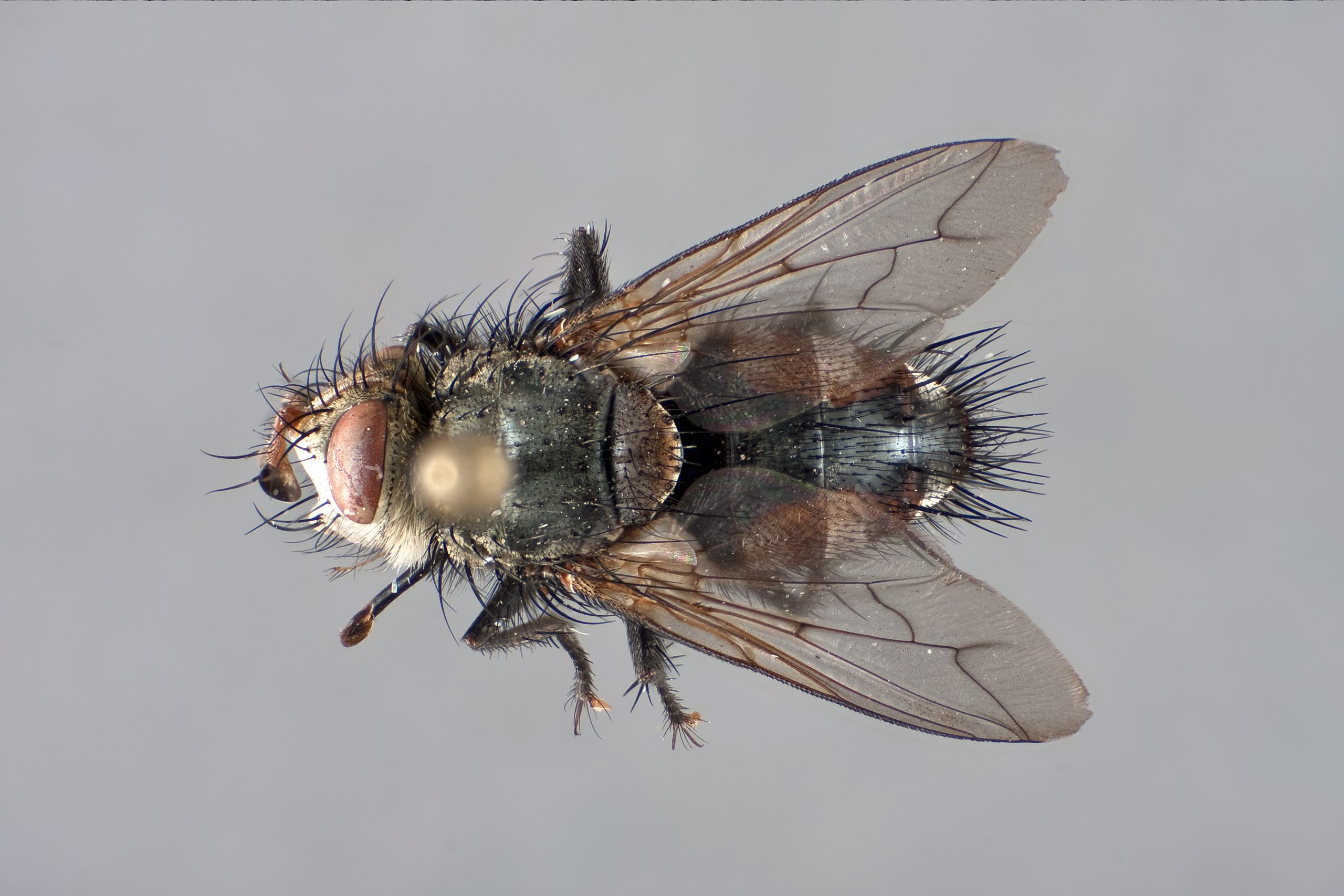
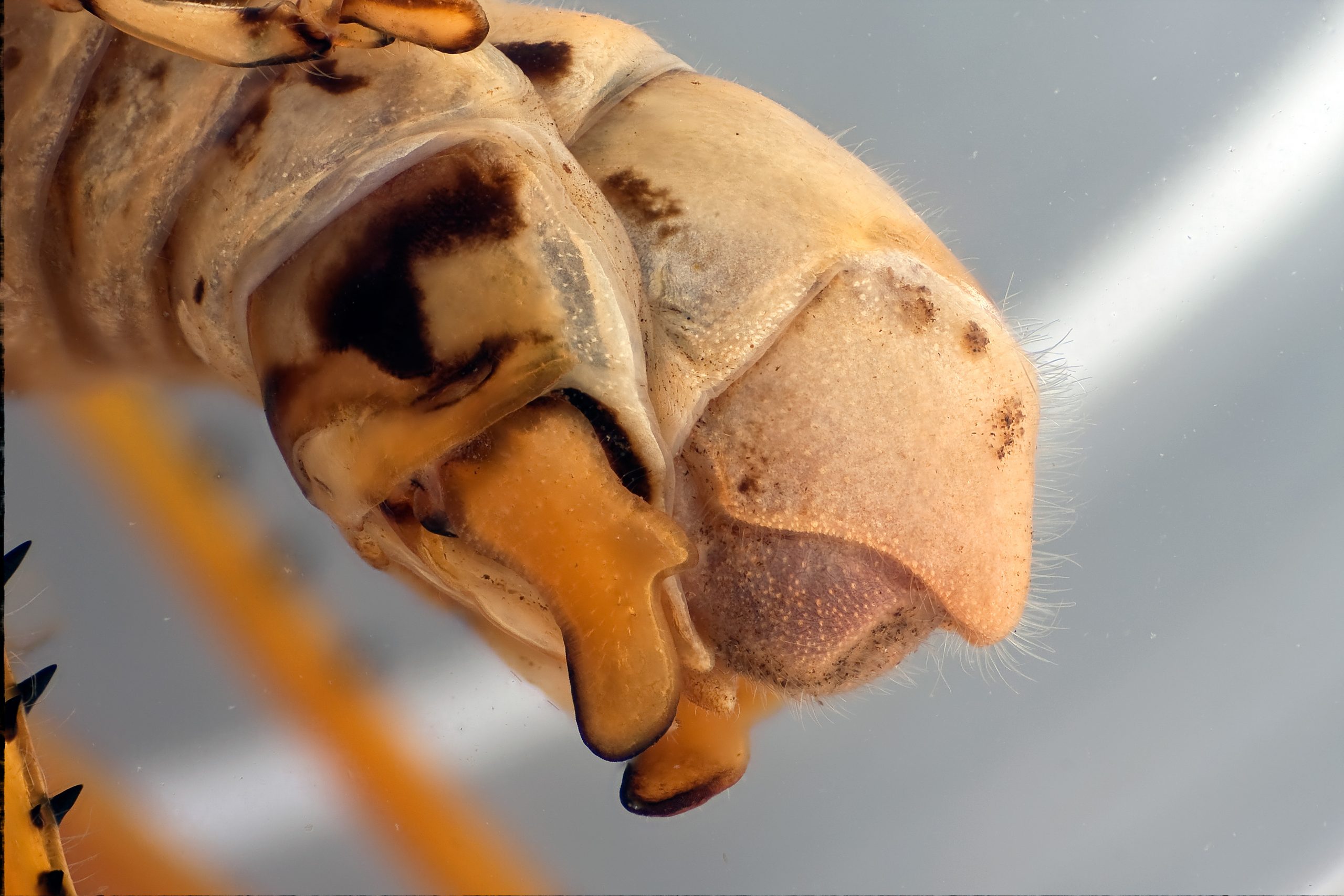
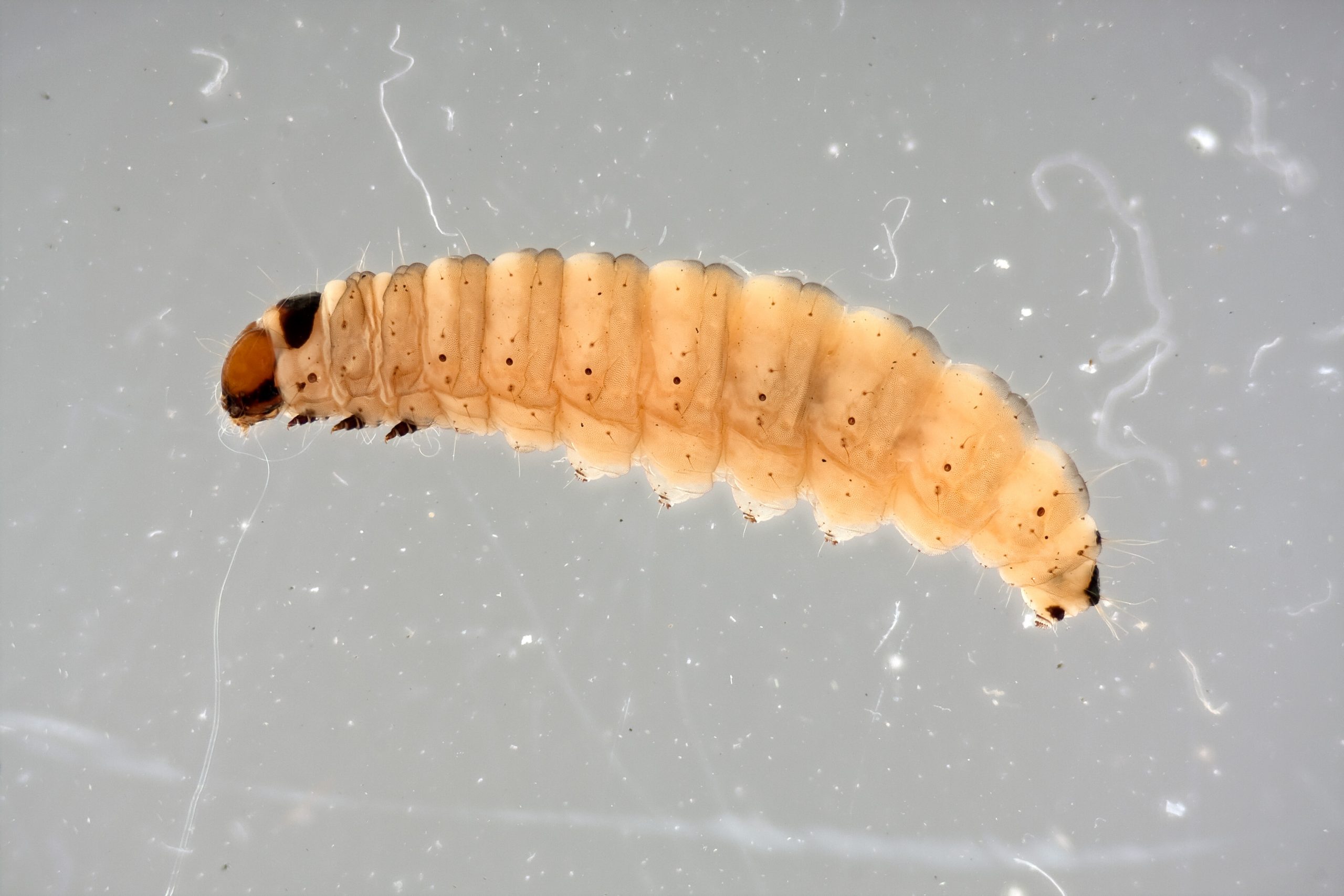
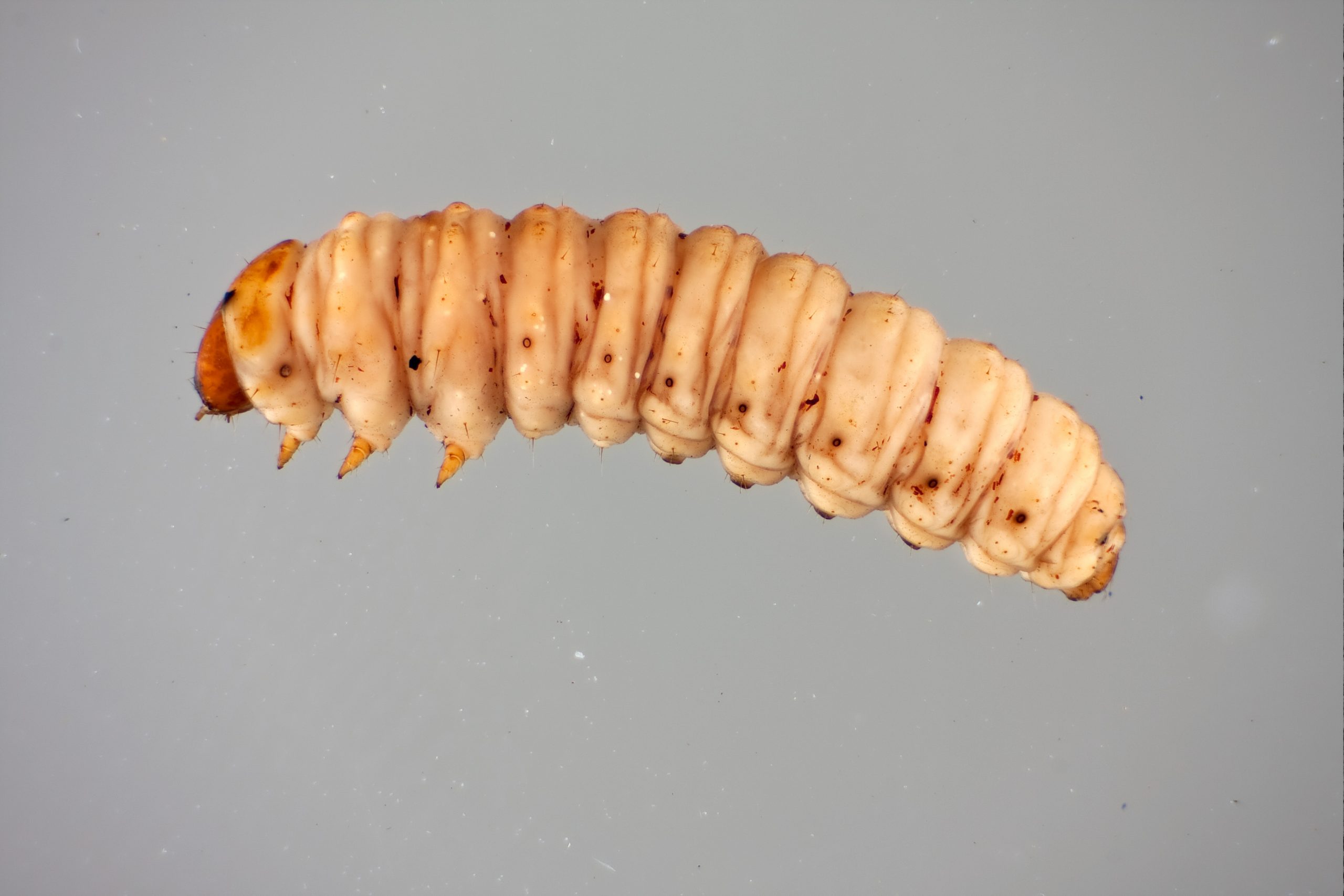
As if that were not enough, the K2 DistaMax is considerably lighter in weight than competitive instruments. This means that equivalent accuracy can be obtained from less-expensive positioners which do not have to bear such bulk or weight.
The Same—but Different
All the research functions of the previous Model K2/SC have been retained in the K2 DistaMax. All accessories from the Model K2/SC can be used on the K2 DistaMax. All objectives and amplifiers from the K2/SC are the same as before, except for the NEW TX Tube (NTX Tube) which provides 2x amplification in all cases, with all objectives, and with all working distance choices. The CentriTel® Focuser is now second generation and supplements the K2 DistaMax without the limitations for rear accessorization that the first generation version did.
Now, all you have to do to use the K2 DistaMax in any range of operation, is to put an objective onto the Main Body, choose an amplifier (or not) and mount a camera adapter. That’s it. The new NWE Objective makes the use of supplemental lenses placed inside the Main Body totally unnecessary—so there are no longer two tube length configurations to be concerned with if you want to expand uses in all working distance options. Once configured, the K2 DistaMax remains dimensionally stable. Image quality is virtually the same if not better than the K2/SC. All-in-all, the new K2 DistaMax is the same as before—but different.
Now…Three Main Body Configurations
We have added a new 50/50 Beam Splitter option for the K2 DistaMax. Now, you can choose among two types of Dual-Port models.
In addition to the Single-Port and the Dual-Port with Mirror Diverter, we now offer a second Dual-Port K2 DistaMax Main Body with 50/50 beam splitter with accurate registration. In choosing a Dual-Port, please bear in mind that the 50/50 version is a constant split between both ports; therefore, the light throughput is halved to each. On the other hand, we recommend the Mirror Diverter version wherever light throughput is paramount. But even so, both units are user-exchangeable. Even K2 DistaMax units purchased as Single-Ports can be upgraded at any time to accept either the Mirror Diverter or the 50/50 Beam Splitter.

Moon shot taken by Nicholas DeSciose with the K2 DistaMax
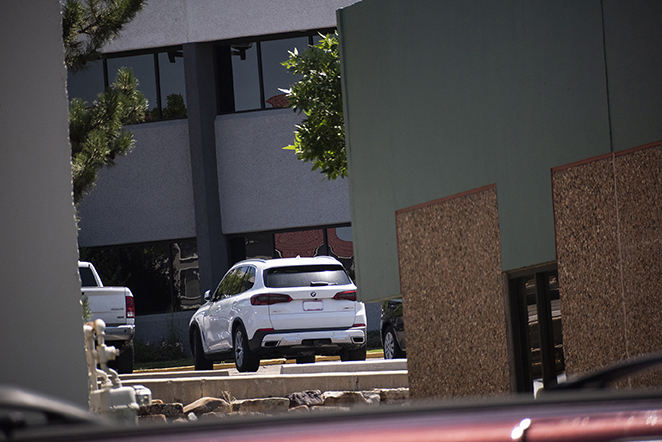
The NWE objective allows focus to infinity.
It’s sharpness was tested by Nicholas DeSciose out the back door of our building!
The NWE Objective
A new objective has been developed for the K2 DistaMax— the NWE Objective. Now, a single front objective can function Near, Wide or Extreme, focusing from infinity down to 675mm! Of course, the original Standard and CF-series objectives can be used for shorter working distances. In addition to its general use, the NWE Objective can be supplemented by a simple adapter to connect infinity-corrected microscope objectives (see below).
Easier Than Ever to Use
The focusing system in the K2 DistaMax makes it unnecessary to manipulate it for different ranges, or to use different components matched to those range needs. There are no special requirements. Simply set the K2 DistaMax up—and use it for any specification provided by the chosen objective. We could not make the K2 DistaMax easier to use than it is.
Magnification and Resolution
All data for magnification, resolution, etc. are in the attached PDFs. Simply put, the K2 DistaMax provides the highest resolution and magnfication possible for long-distance microscopes.
OPERATING RANGES
For focus from infinity down to c.675mm, the NWE Objective is used. Then, by exchanging it for Standard and CF-series objectives, all other ranges and magnifications can be achieved as shown in the Data Tables.
The K2 DistaMax can also operate in the high-powered micro mode by simply attaching the Microscope Objective Holder Disc to the NWE Objective, and the appropriate adapter for infinity-corrected objectives: Achrovid™, Mitutoyo, Olympus, Nikon, Edmund, Edmund REFLX™, etc. Whether in coaxial/epi- or transmitted illumination, these K2 DistaMax accessories permit it to achieve high magnifications—literally to the potential limits of optical microscopy—focused either manually or by motor-control.
The CentriTel® Focuser
The K2 DistaMax can be supplemented by a CentriTel Focuser. By adding the CentriTel Focuser, focus can be tuned without essential magnification change.
The new CentriTel Fosuser for the K2 DistaMax is now an interface that allows all of the rear tubes—including the Mirror Diverter for dual-port applications—to be mounted behind it. Now, the extraordinary capabilities of CentriTel can be added to any K2 DistaMax with total disregard for any limits on rear accessory configurations! This assures that the K2 DistaMax maintains its total research capabilities even if used in CentriTel mode. But there is even more: The K2 DistaMax in CentriTel mode now can be used with sensors and camera formats up to and including 35mm format (24x36mm; 43mm diagonal). A K2 DistaMax equipped with the CentriTel Focuser is an instrument that can only be called state-of-the-art.
When the CentriTel Focuser is interfaced and set to its central position, the K2 DistaMax “seeks” a new set of working distances with the Standard and CF-series Objectives. This sets up frontal conjugates that work in special relationships with the CentriTel Focuser and the K2 DistaMax itself and establish the patented CentriTel condition. These data are presented in separate tables in the PDFs.
Amplifiers
The K2 DistaMax Main Bodies are supplied without amplifying optics. Amplifiers include 2x NTX Tube (all formats; camera mount required); the 1.66x CF Tube; the 2x DL Tube (C-mount) and the 1-2.2x Zoom Module (Adjustable C-mount recommended). In addition, the UNIPAR may be used with eyepieces (requires M62 Eyepiece Holder and suitable camera mount).
Two different amplifiers can be combined for even greater magnifications. For example, a 2x DL Tube can supplement the Zoom Module (Adjustable C-Mount required to reset parfocality of zoom; the Zoom Module then functions 2x-4.4x). The NTX 2x Tube, the DL Tube and its lockable LDL version (however mixed) are designed to be ganged with others of their own kind.
In Sum
The K2 DistaMax represents the ultimate in long-distance microscopy. No other instrument can do what it can do, and do it all so well. Contact us so that we can tell you how the Model K2 DistaMax can solve your imaging problems.
Model K2, DistaMax, InFocus, Achrovid, and UNIPAR are trademarks of INFINITY PHOTO-OPTICAL COMPANY.
CentriTel is a registered trademark of INFINITY PHOTO-OPTICAL COMPANY.
U.S. Patents 4,988,173, 7,869,139 and 9,164,266 may apply to this product.

